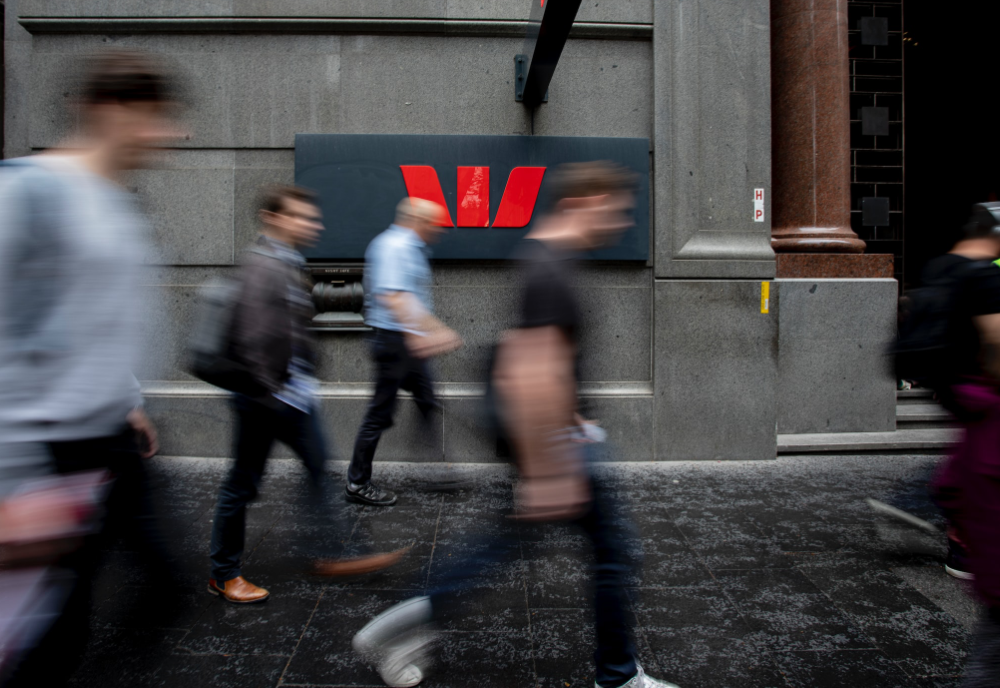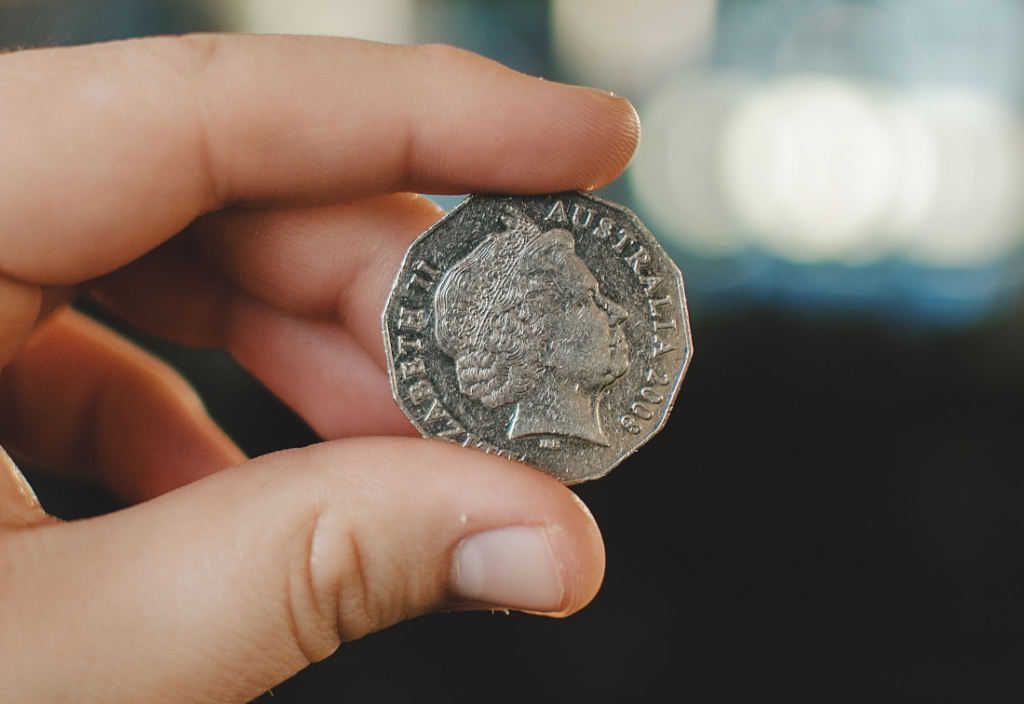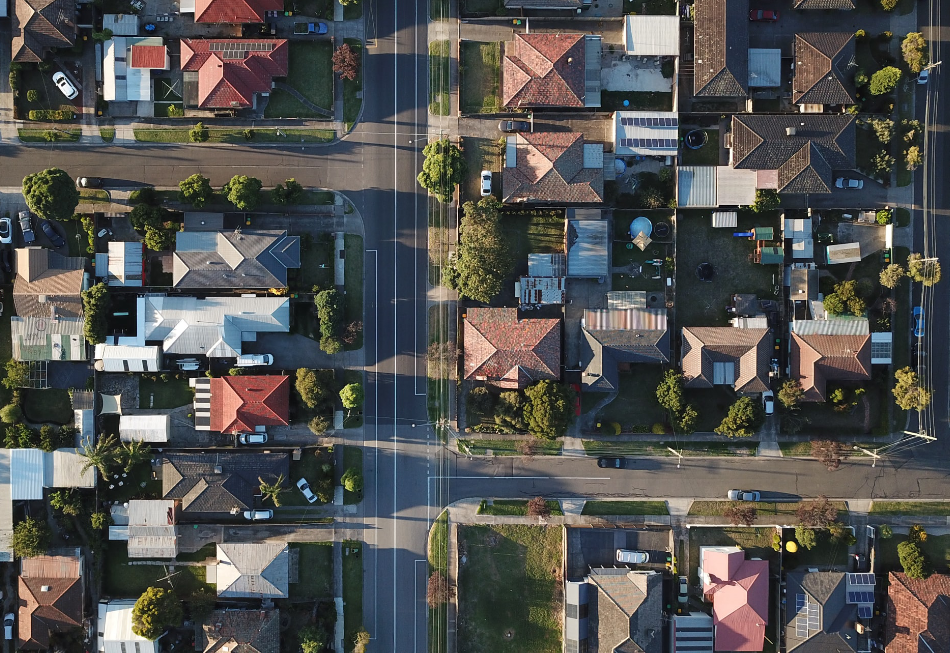One of the most important features of modern financial systems is rarely discussed and gets almost no attention. The failure to take it into account means there is a distorted understanding of how money is accumulated, and opportunities to prevent a systemic crisis from occurring are missed.
There are three kinds of money in capitalism systems. One is debt, or credit, which has an interest rate on it. This is produced by banks and constitutes at least 97 per cent of the money that is transacted in the system. It gets all the attention, because when the debt becomes too large, as is currently occurring in most Western economies, the system is imperilled.
Credit is essentially inescapable. What is under-appreciated is that if all that debt were repaid, then there would be no money at all.
Robert Hemphill, the credit manager of the Federal Reserve Bank in Atlanta, wrote in 1936:
If all the bank loans were paid, no one could have a bank deposit, and there would not be a dollar of coin or currency in circulation. This is a staggering thought. We are completely dependent on the commercial banks.
In a sense, it means capitalist economies are trapped in systemic usury.
The second kind of money does not have an interest rate on it and does not generate income so it cannot be used for paying interest costs. These are: cash, gold and, more recently, various forms of crypto currency.
As the debt levels rise, these types of money are getting more and more attention. Hence, for example, the growing interest in reverting to gold-backed currencies.
A third form of capital is equity. It rarely gets attention partly because it cannot be used for transactions – you cannot pay your grocery bill with Telstra shares.
Equity does not involve interest payments. Returns instead come in the form of dividend payments, or capital gains (where the value of the asset rises).
With debt, the onus is on the borrower, who must provide collateral to protect the lender if the interest costs cannot be paid. With equity, the onus is instead on the provider of the capital, the investor. If the entity fails, then the investor usually gets either nothing or very little.
Accordingly, there needs to be a higher level of trust.
It turns out that the value of total equity capital is far bigger than debt capital. It puts the claim that capitalist countries are imperilled by an unpayable debt burden and heading for collapse in a very different light.
The global figures can only be seen in outline because the data is either incomplete or sketchy. But it is possible to say that the equity-debt ratio in the world is approximately two to one – mostly net equity in property (the market value minus any debt).
In Australia, where the data is more complete, the ratio is more like three to one. The total value of land is $9.2 trillion. Total housing debt and other property loans in mid-2025 totalled approximately $1.3 trillion. That means there is almost $8 trillion of net equity in property.
The Australian stock market is valued at just over $A2.9 trillion, and almost half of the super funds’ assets are held overseas, mostly in foreign stocks, which should equate with about $2 trillion of equity. The value of equity in private business is hard to calculate for an individual business, let alone across the sector, but it will be significant.
That means the total equity figure, very roughly, comes to about $13 trillion.
Australia’s total public and private debt is, very precisely, $4.83 trillion. So the equity-to-debt ratio across the whole financial system is almost three to one.
Negative gearing provides a way to see how the interplay between debt and equity functions. The negative gearing strategy is to take a short term hit on the debt side, paying high levels of interest to the bank, in order to profit on the equity side when the property is sold.
The implications of missing this third type of money are profound. For one thing, it is the main difference between capitalism and socialism. The latter typically does not create large amounts of equity. Stock markets either do not exist or are small – modern China being an exception. More importantly, property is owned by the state, and so cannot be used to accumulate equity for individual owners.
The high value of net equity in property in Australia could offer a route to solving the biggest social and financial issue facing the country: the generational divide between older people who own their own homes and younger people who have little prospect of ever getting into the market.
Those home-owning older people often face the problem of being asset rich and income poor. They may be rich on paper from their property, but they cannot sell only a part of it to realise some of that ‘wealth’ which they might need for spending. The only option is to sell the property in its entirety, which is often undesirable.
If a secondary market could be created for those who own their home to sell some of the equity to investors – the investors would get their share when the property is ultimately sold – then they could solve the problem of being rich as homeowners but poor in terms of their income.
Some, who are parents, might also use the cash to help their children get into the property market or pay down principal on punishing mortgages. Some sort of intergenerational transfer is badly needed.
The value of equity sold this way would have to be at a sizable discount to the property’s current market value to make it attractive as an investment. This might have the effect of putting a dampener on soaring property prices, which have been entirely caused by aggressive bank lending in Australia.
Finding a way to stop the absurd price rises is all but impossible in the current system because the banks can do what they like. The government has had no control over the supply of money in the system since financial deregulation in 1982.
Such a secondary market would not be especially difficult to create. Many such exchanges already exist. Bond markets, for example, operate in this way. The bonds are heavily traded; very few are held to maturity.
It could only apply to people who own their property outright. If banks have any involvement, if there is a mortgage, they will move aggressively to obstruct it. But about a third of the population is in this situation.
If equity in property could be used in a secondary market, it might be a way out of the debt trap that afflicts Australia and is causing more and more problems.
Capitalism might not be headed for self destruction after all.
Published on 19 November 2025.
If you wish to republish this original article, please attribute to Rationale. Click here to find out more about republishing under Creative Commons.
Photo by Jakub Żerdzicki on Unsplash.













